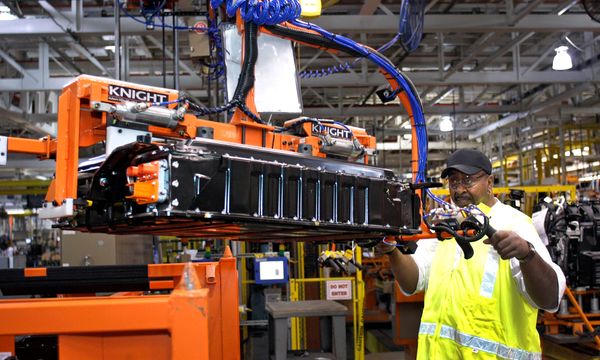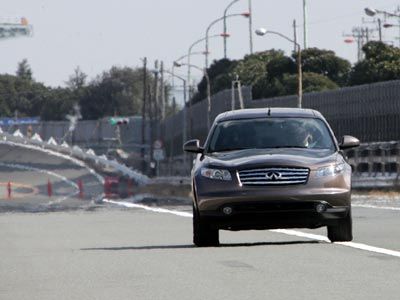If you've ever driven a car on a featureless highway, you probably know the feeling of zoning out behind the wheel. You may have even found yourself wishing the car could drive itself.
Now imagine this scenario: You've chosen a beautiful day to visit distant friends. You and your car are eating up highway miles. With the satellite radio playing your favorite tunes and the open sunroof allowing you to get an in-car tan, life is good. In fact, you're gently lulled into a driving trance until you crest a hill -- only to see a parade of brake lights directly ahead. "I'm toast," you think, pressing the brake pedal but fully expecting to rear-end the car in front of you. Luckily, your car hauls itself to a halt, mere feet short of the closest vehicle. You let out a sigh of relief as you remember the car dealer mentioning something about brake assist the day you purchased your trusty steed.
Advertisement
Compared to modern electronic sensors, we humans have pretty slow reaction times. The purpose of brake assist and its related technologies is to help us stop our vehicles sooner and faster. Those critical seconds -- usually fractions of a second -- can mean the difference between a crash and a close call.
So, is brake assist a truly worthwhile safety feature, or is it merely a clever marketing gimmick designed to sell more cars and pump up sticker prices? Numerous studies show that brake assist is the real deal, with the potential to prevent thousands of fatal auto accidents each year.
In this article, we'll take a look at what allows brake assist to stop cars much more quickly and effectively than the unaided driver can do alone. With power brakes and anti-lock brakes on the scene, why would a driver need any more help stopping his or her car? Learn why by clicking to the next page.
Advertisement




